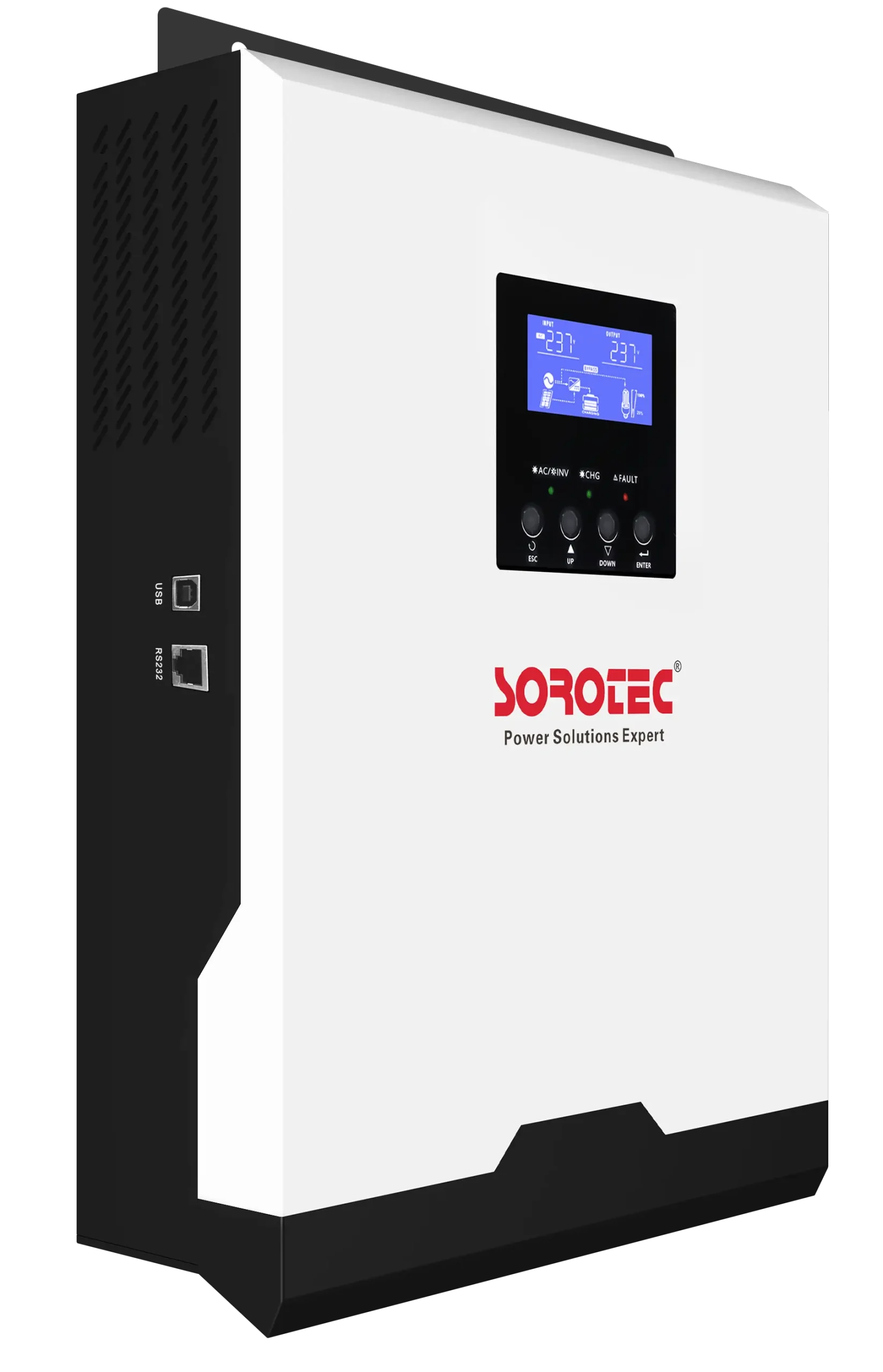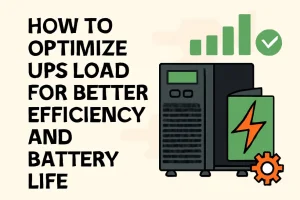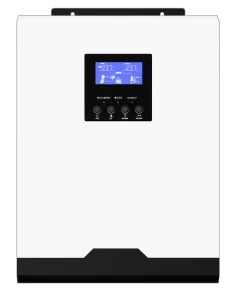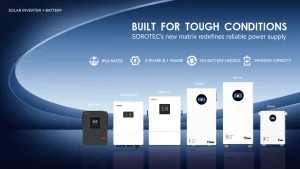When it comes to making sure industrial energy setups last and work well, tubular batteries are really important. They act as a main part in giving backup power for key tasks. This is true in fields like lighting, telecom, and solar power setups. Good upkeep can greatly stretch the working life of a tubular battery. It boosts its output and cuts down on pricey swaps. This guide will go over basic upkeep steps. These can help your tubular batteries run at their top level for a longer time.

Why Is Tubular Battery Maintenance Important for Longevity?
People often skip battery upkeep. But it can make the difference between a steady power backup and one that quits when you count on it. Right care for your tubular batteries not only makes them last longer. It also improves how well they work. In the end, this saves money.
Prevents Premature Battery Failure
A big reason upkeep matters is to stop early battery breakdowns. When batteries lack good care, problems like acid layering or buildup of minerals can happen. These hurt their output and shorten their life. You check and care for the battery on a regular basis. This way, small issues get spotted soon. And you fix them before they lead to full system crashes.
Improves Overall Performance
A tubular battery’s output can drop without right upkeep. Over time, its power falls due to things like wrong charging or low water amounts. You keep a steady upkeep routine. This cuts down on those problems. And it makes battery output better. So, it meets the power needs of your work.
Reduces Maintenance Costs Over Time
If you ignore routine checks, it can cause costly fixes or even total battery swaps. Regular looks and good care help avoid these high costs. Things like keeping right water levels and charging ways matter here. In truth, handling a tubular battery setup well can save a lot more money over time.
How Can You Optimize Tubular Battery Charging Practices?
Charging stands as a basic part of battery care. Wrong charging ways can cut short the life of tubular batteries. This leads to possible breakdowns. A good charging routine makes sure your battery runs at its best power.
Proper Voltage Settings for Charging
Tubular batteries need exact voltage control while charging. Just like other lead-acid types. Too much charge can create extra heat and loss of fluid. But too little charge can cause buildup that hurts the battery’s hold on power. You must watch and change the charging voltage to fit the battery’s exact needs.
For SOROTEC‘s industrial uses, pick a charger with settings you can adjust. These should match the battery’s wants. This helps stop those issues. Over time, bad voltage settings can lower the battery’s charge hold. This hurts its output and life. Learn more about these tips in Essential Maintenance Tips for Extending Tubular Battery Lifespan – SOROTEC.
Avoid Overcharging and Deep Discharge
Overcharging happens a lot. But it’s just as key to skip deep discharge. The maximum depth of discharge (DOD) allowed for tubular batteries of different brands and technologies may vary. Please prioritize following the recommendations in the battery manufacturer’s manual. Deep drops can harm the battery’s inside setup forever. This leads to a big drop in power and output. SOROTEC’s battery setups handle normal charge and release cycles well. But make sure the battery avoids both overcharge and deep drops.

Maintain Consistent Charging Cycles
A steady charging cycle aids in keeping the battery healthy. Try to skip uneven charging habits. They can cause lower output over time. With SOROTEC’s energy storage options, stick to a normal charging plan. Base it on your business needs. This stops too much wear on the battery. And it keeps top output.
What Role Does Temperature Control Play in Battery Life?
Temperature directly affects how tubular batteries perform and last. Too much heat can speed up wear. Cold spots can slow down charging power.
Ideal Operating Temperature Range
The best temperature spot for tubular batteries is between 20°C and 25°C (68°F and 77°F). Above this, the fluid inside may dry up. This cuts the battery’s life. On the flip side, cold spots can slow the reactions inside. This drops charging power.
Watch the working temperature. Make changes if needed. For example, in hot areas or spots with changing heat, SOROTEC’s battery storage setups can add temperature control tools. These keep a steady spot for the batteries.
How Heat Affects Battery Efficiency
High heat speeds up the processes inside the battery. This makes it wear out quicker. Heat also makes the water in the fluid dry up. So, you need to add water more often. Check often to make sure temperature stays in the good range. This keeps battery power strong.
Implementing Cooling Systems for Heat Management
In work spots where heat stays high, cooling setups are a must. Set up good air flow or cooling tools. These can hold the battery in the suggested temperature spot. SOROTEC suggests adding heat control setups for big operations. This keeps batteries cool. In turn, it boosts their working life.
How Can You Manage Water Levels in Tubular Batteries?
Water plays a big role in caring for tubular batteries. Check the fluid levels often. This makes sure the battery works right and strong.
Regularly Check Electrolyte Levels
The fluid in a tubular battery mixes water and sulfuric acid. Keeping the right water level matters for output. If water drops too low, the plates inside can show. This leads to harm and shorter life. SOROTEC suggests checking water every two to three months. This keeps the fluid at the right spot.
Use Distilled Water to Prevent Mineral Build-Up
When adding water, always pick distilled kind. Tap water holds minerals and dirt that can pile up inside. This causes scale and rust. Both hurt battery output. Distilled water stops this pile-up. So, the battery runs smooth for longer.
Top-Up Water During Low Charge Cycles
The top time to add water is in a low charge phase. Adding when fully charged can cause too much fill. This leads to spills and other care problems. Add during low charge to keep fluid levels steady. And avoid overfill.
What Are the Best Practices for Cleaning and Inspecting Terminals?
Clean terminals matter for top battery power. Dirty or rusted spots can make resistance. This hurts output.
Prevent Corrosion with Regular Cleaning
Rust often hits battery terminals. Especially in wet spots. To stop it, clean them often with baking soda and water mix. This mix cuts acid pile-up and stops rust. Rust can block charge and release.
Check for Loose or Damaged Connections
Loose or hurt links can cause big problems. Like weak charging cycles. Check terminals often for wear or loose parts. Tighten them and make sure they stay secure. This helps the battery work right.
Use Proper Tools for Terminal Maintenance
When cleaning terminals, pick the right tools. Use ones that don’t rust and have covers. This cleans without harm. SOROTEC’s products make upkeep easy with open terminals. But take care to skip short circuits or mishaps during work.
How Often Should You Perform Tubular Battery Maintenance?
Routine care matters for making tubular batteries last max. A steady plan spots small issues early. You can fix them before they grow big.
Set a Regular Maintenance Schedule
Set a normal care plan. This checks all parts of battery health. Do it every 3-6 months at least. But high-need spots may want more checks.
Frequency Based on Battery Usage and Location
How often depends on use and spot. Batteries in heavy use or hot spots need more care. This keeps them strong.
Importance of Annual Professional Inspections
Self-care matters. But get a pro to check the system each year. They spot hidden issues. SOROTEC gives pro check services. These make sure batteries stay top and run well.
FAQs
Q1: How can I tell if my tubular battery needs maintenance?
A: Look for signs of corrosion, electrolyte level depletion, or overheating. If the battery is struggling to maintain charge or its performance has noticeably decreased, it may be time for a check-up.
Q2: How often should I replace the electrolyte in my tubular battery?
A: You don’t need to replace the electrolyte unless it’s contaminated. Simply top up the water levels periodically using distilled water to keep the battery running smoothly.
Q3: Can I use regular tap water in my tubular battery?
A: It is highly recommended to use distilled water to avoid mineral build-up, which could affect the battery’s performance and longevity.








